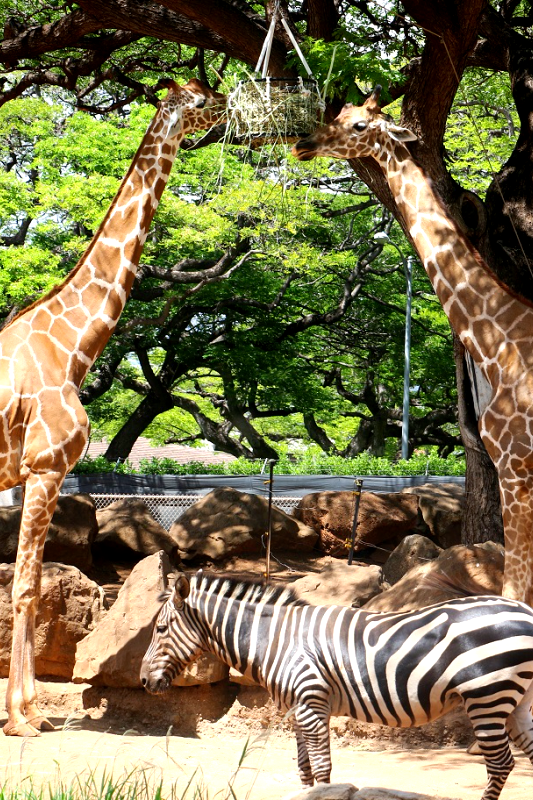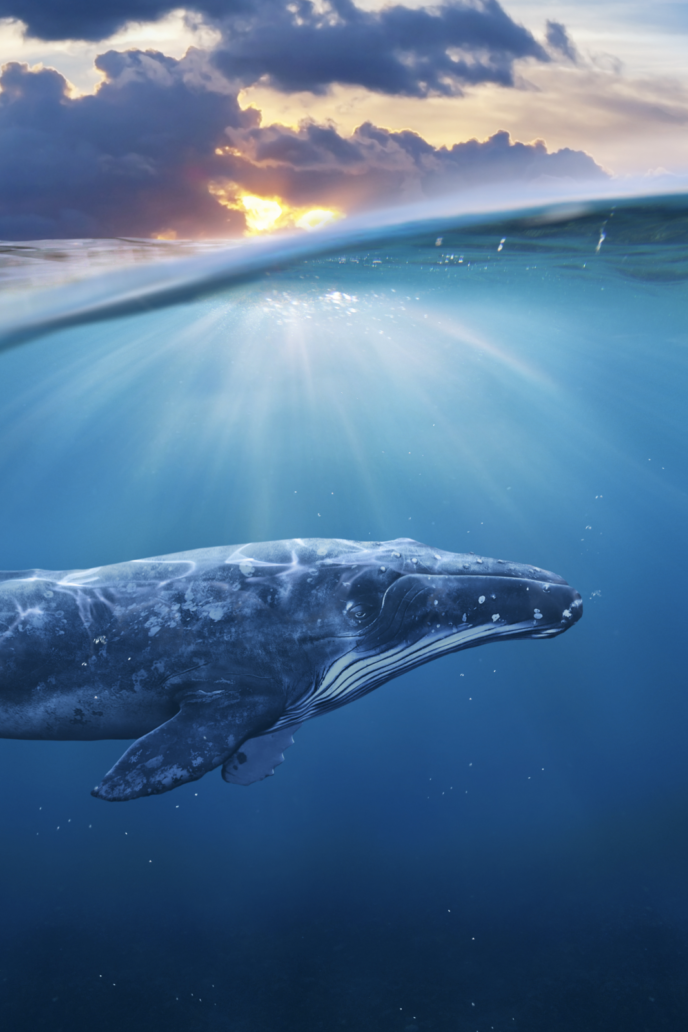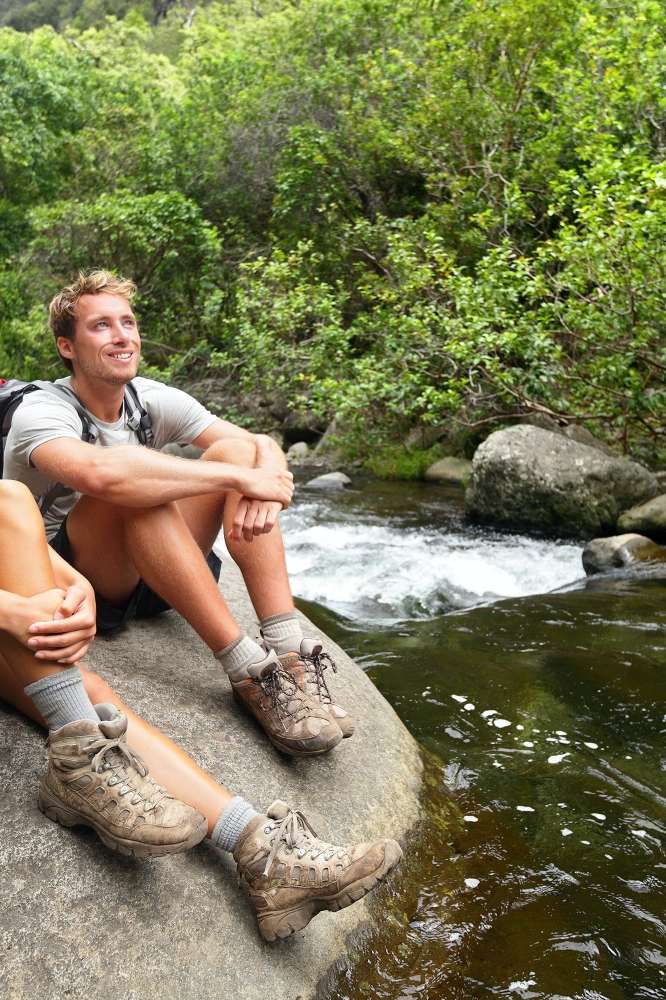Featured image © Maridav via Canva
The Duke Paoa Kahanamoku Statue is one of the most iconic landmarks in Waikiki, Hawaii. It stands as a testament to the legacy of Hawaiian surfer and Olympic swimmer, Duke Kahanamoku who popularized surfing worldwide in the early 20th century. This article will explore the history behind this stunning statue and its importance to Hawaiian culture. From its bronze sculpted features to its unique place within local folklore, the story of this incredible monument captures both cultural significance and national pride.
Highlights
- Duke Kahanamoku Statue is located at Waikiki Beach in Honolulu honoring the famous Hawaiian surfer and Olympic swimmer created by sculptor Jan Gordon Fisher in 1990.
- Learn more about Duke Kahanamoku’s life by reading informative plaques placed around the monument and gain insight into Hawaii’s rich history and culture.
- Waikiki’s expansive ocean views can be captured in breathtaking images alongside the beautiful Duke Paoa Kahanamoku Statue.
- Summertime is an ideal time to visit the statue due to its panoramic views of Waikiki Beach, as well as the opportunity to participate in local surfing traditions.
- As a tribute to Duke’s legacy, flowers or prayers can be offered for Hawaiian surfers near the statue with small ceremonies that honor their achievements.
History
Who Was Duke Kahanamoku?
Duke Kahanamoku is credited with popularizing surfing throughout the world during the early 20th century. As one of the finest watermen in history and a master of swimming, surfing, and outrigger canoe paddling, Duke Kahanamoku was a true Hawaiian hero. He was born on August 24, 1890, and spent his childhood in Waikiki, close to the present-day Hilton Hawaiian Village Waikiki Beach Resort, where he learned to swim and surf. In the 1912 Stockholm Olympics, he took home gold in the 100-yard freestyle and silver in the relay. He also won two gold medals in the 1920 Olympics, and a silver medal at the age of 34 in 1924. As an Olympic medalist for swimming, he used his notoriety to spread awareness of Hawaiian surf culture and introduce it to other parts of the world, which ultimately led to him being tagged as “The Father of Modern Surfing.”
Duke Kahanamoku’s Legacy
His impact on surfing remains undeniable today, and it is remembered through this iconic statue. The Duke Kahanamoku Statue was commissioned by the Smithsonian Institution. Sculpted out of bronze by Jan Gordon Fisher, the statue stands 9 feet tall and depicts Duke standing in front of his surfboard, with honorary Hawaiian spears and dedication plaques all around him, greeting everyone with open arms. The statue was erected in 1990 and is situated in Kūhiō Beach, an area which has historically been significant to surfing culture in Hawaii.
In addition to commemorating Duke’s life and legacy, the Duke Paoa Kahanamoku Statue also serves as a symbol of cultural pride for Hawaiians. The native people of Hawaii have long held a special relationship with surfing since its inception in ancient times. This connection has carried on through generations and can be seen reflected in modern-day surfing culture in Hawaii. People often visit this beautiful statue to honor those who carry on the spirit of Hawaiian wave-riding traditions. The Duke Kahanamoku Statue stands as both a tribute to one man’s incredible accomplishments as well as an enduring reminder of Hawaiian culture’s timeless bond with nature and ocean sports.
How Duke Kahanamoku Saved Lives
An unexpectedly rapid and strong storm that was surprising in both its intensity and strength, swept through Southern California on June 14, 1925. The persistent, large surges, which grew to 20 and 30 feet in height, distended the entrance to Newport Beach Harbor. The risky sandbars were moving in the dark. The Thelma, a 40-foot sport fishing boat that was unable to withstand the storm, made an effort to dock. The engine room of the Thelma was flooded when a large wave crashed across its bow. 29 fishermen were cast into the turbulent waves. Kahanamoku and two of his surfing friends jumped aboard their boards instinctively. Duke paddled to the struggling men through the ferociously pounding surf without considering their own safety and started a quick roundtrip.
They began performing rescues in a matter of minutes. They lost track of how many trips they took. They probably wouldn’t have been able to save even one person without the boards. The mainlander had never thought of the surfboard as a lifesaving tool until that moment. Twelve people drowned and seventeen people died on that day. Eight of those rescues were carried out by Duke Kahanamoku.
Things to Do
The Duke Paoa Kahanamoku Statue is a popular destination for visitors and locals alike. In addition to its cultural significance, the statue also serves as an excellent spot for sightseeing in Waikiki. In addition to admiring the beautiful bronze sculpture, visitors can take part in several activities around the area such as:
Participate in Local Surfing Traditions
As an homage to their surfing heritage, many locals often visit the Duke Paoa Kahanamoku Statue to honor those who carry on the spirit of wave riding traditions. While there, they might partake in traditional board offerings such as launching their own mini-surfboard into the sea or having a small ceremony with flowers and prayers in dedication to Hawaiian surfers.
Take Stunning Photographs
The Duke Paoa Kahanamoku Statue provides a stunning backdrop for capturing breathtaking photographs of Waikiki’s panoramic ocean views. Photographers and shutterbugs looking to capture some amazing shots of the iconic Hawaiian surf culture should definitely visit this landmark.
Offer Hawaiian Lei To The Statue
People from all over the world come to pay homage to the legendary Hawaiian surfer and Olympic swimmer. But it’s not just about taking selfies with Duke statue – visitors often leave behind mementos in appreciation for his legacy. Instead of throwing away your leis, you may opt to place them around his neck or on top of his head as an act of respect and admiration. It’s a beautiful sight – one that symbolizes how much he means to people, both in Hawaii and beyond its shores.
Learn More About Hawaiian History
There are also informational plaques located around the monument that provide more details about this incredible individual. By visiting the Duke Paoa Kahanamoku Statue, visitors gain insight into Hawaii’s rich history and culture through learning about Duke’s life and accomplishments. Flowers or prayers can be left for Hawaiian surfers around the statue as an homage to Duke’s legacy, and modest ceremonies can be held to recognize their accomplishments.
Tips For First-time Visitors
- Dress comfortably for your visit since you may be spending some time outdoors admiring this iconic landmark.
- Bring reef-safe sunscreen and protective clothing if it’s hot outside to ensure that you stay safe from sunburns while visiting this area of Hawaii’s coastline.
- Take plenty of pictures to capture the stunning view of Waikiki.
- Learn more about Duke Kahanamoku and his life by reading the informational plaques around the monument.
- Participate in local surfing traditions such as launching a mini-surfboard into the sea or offering prayers for Hawaiian surfers at the statue.
Frequently Asked Questions (FAQs)
The Duke Kahanamoku Statue is located at Kūhiō Beach in Waikiki, Hawaii.
The Duke Paoa Kahanamoku Statue is a bronze sculpture honoring the famous Hawaiian surfer and Olympic swimmer created by sculptor Jan Gordon Fisher in 1990.
Duke Paoa Kahinu Mokoe Hulikohola Kahanamoku was a Native Hawaiian waterman known for popularizing surfing worldwide in the early 20th century and as an Olympic swimming gold medalist in 1912 and 1920 Olympics Games.
Thelma boat capsized on June 14, 1925, near Newport Beach, California. Eight of the men in the boat were bravely saved by Duke Kahanamoku.
By demonstrating his incredible swimming skills, he helped to popularize surfing. Duke Kahanamoku demonstrated his heroism by taking the initiative to save lives and by reviving and popularizing surfing, a historic sport in Hawaii.
Duke personifies the aloha spirit. His ashes were scattered into the waves at Waikiki, and a bronze statue was erected at Kuhio Beach in Honolulu in his honor. One of Hawaii’s most visited sights is the Duke Kahanamoku statue, which greets visitors with open arms.
How to Get to The Duke Kahanamoku Statue
The Duke Paoa Kahanamoku Statue is located at the end of Kalakaua Avenue on Waikiki Beach, in Honolulu, Hawaii. To reach the Duke Paoa Kahanamoku Statue, visitors can take advantage of public transportation or drive directly to Waikiki Beach and park nearby. From there, they can make their way over to the monument which is marked by placards detailing Duke’s life story.
Visit Duke Kahanamoku Statue Now!
Duke Paoa Kahanamoku Statue is an experience that will leave you with both knowledge and inspiration regarding Hawaiian history and culture. Whether you’re looking for stunning photos or want to get closer to local surfing traditions, this iconic landmark offers something special for everyone!




